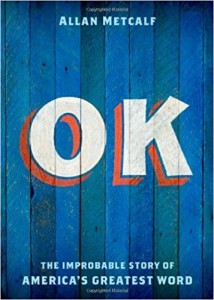Why and Why-Not Blogging for Business

Aliens would probably come to Earth in peace, quantum physicist Jim Al-Khalili assures readers in his book Aliens, proceeding to bust no fewer than five commonly held myths-from-the-movies about encounters with visitors from other planets.
The author uses scientific knowledge to debunk each myth:
Aliens will eat us. No, because, in order for them to process our molecules of amino acids and sugars, they’d need to have a biochemistry similar to ours, “a long shot for a species that hails from a different world”.
Aliens will breed with us. No, we can’t even reproduce with our nearest evolutionary relative, the chimpanzee.
Aliens will look like us. No, because their evolution would not have been parallel to human evolution and it’s “near impossible that they would have human-like features.”
Aliens will be living creatures. No, should aliens contact us, “we will hear not from fellow organic creatures, but from the robots they produced.”
Aliens will come to steal our water and metal. No, most of our metal is in the Earth’s core, not its crust; asteroids would be better for mining, and icy moons would be easier places to stock up on water.
The Time article about Aliens is a good example of mythbusting, which is used in many fields to counteract counterproductive thinking. For that very reason, I’m a firm believer that myth debunking is a great use for corporate blogs.
In the normal course of doing business or operating a professional practice, misunderstandings about your product or surface are bound to surface. (It’s even worse when those myths and misunderstandings don’t surface, but still have the power to interrupt the selling process!)
That’s why the de-bunking function of business blog writing is so important. It’s our way of taking up arms against a sea of customers’ unfounded fears and biases. Blog content writing can “clear the air”, replacing factoids with facts, so that buyers can see their way to making decisions. The technique is not without risk, because customers don’t like to be proven wrong or feel stupid. The trick is to engage interest, but not in “Gotcha!” fashion.
In other words, business owners and professional practitioners can use their blogs to showcase their own expertise without “showing up” their readers’ lack of it, assuring prospects and clients that they, like movie aliens, are coming in peace!.





Follow us online!